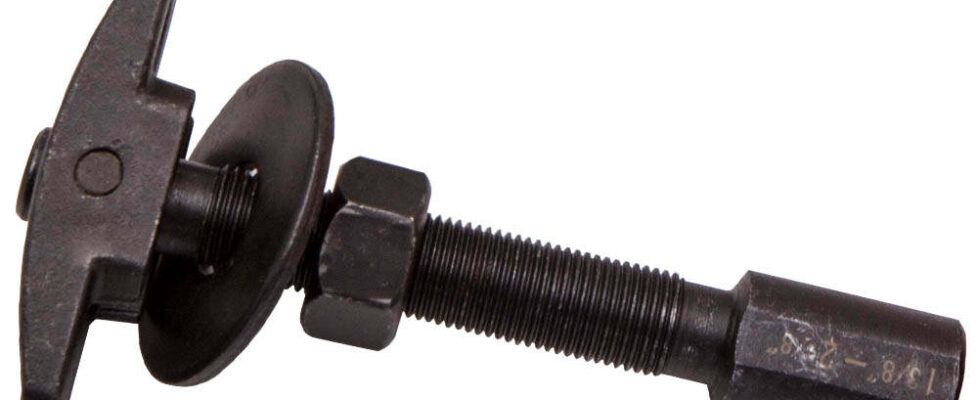The Essential Guide to Easy Bearing Removal Tools
When it comes to maintaining machinery, vehicles, or any equipment with rotating components, the importance of bearings cannot be overstated. They reduce friction, support loads, and enhance overall efficiency. However, when it’s time to replace or service these bearings, having the right tools is crucial. This is where an easy bearing removal tool comes into play. In this blog, we’ll explore what these tools are, why they’re essential, and how to choose the right one for your needs.
What is an Easy Bearing Removal Tool?
An easy bearing removal tool is specifically designed to assist in the quick and efficient extraction of bearings from their housing or shafts. Unlike traditional methods, which can be cumbersome and may damage components, these tools simplify the process, making it accessible even for those who may not be mechanical experts. They come in various forms, including pullers, slide hammers, and specialized bearing extractors, each designed for specific applications.
Why You Need an Easy Bearing Removal Tool
- Saves Time and Effort: Removing bearings can often be a labor-intensive task, especially if they are stuck due to rust or debris. An easy bearing removal tool can drastically reduce the time required for this process, allowing you to focus on other important maintenance tasks.
- Prevents Damage: Using improper tools or techniques can result in damage to the bearings, shafts, or surrounding components. An easy bearing removal tool minimizes the risk of such damage, ensuring that both the tool and the components remain intact.
- Increases Safety: Improper bearing removal can lead to injuries from slipping tools or flying parts. By using a dedicated bearing removal tool, you enhance safety for yourself and those around you during maintenance activities.
Types of Easy Bearing Removal Tools
1. Bearing Pullers
Bearing pullers are perhaps the most common type of easy bearing removal tool. They feature two or three arms that grip the outer race of the bearing. When you turn the central screw, the arms pull the bearing out evenly, reducing the risk of damage.
2. Slide Hammers
A slide hammer is another effective option for removing bearings. This tool allows for a controlled pull, making it easier to extract bearings that are particularly stubborn. With a slide hammer, you can apply significant force without risking damage to the housing.
3. Bearing Extractors
Bearing extractors are specialized tools designed for specific types of bearings. These tools fit precisely into the bearing and pull it out in a controlled manner. They’re ideal for applications where standard pullers may not fit or work effectively.
How to Choose the Right Easy Bearing Removal Tool
Selecting the right Easy bearing removal tool is essential for ensuring effective and safe bearing extraction. Here are a few factors to consider:
- Size and Compatibility: Make sure the tool is compatible with the size and type of bearings you frequently work with. Check the specifications and ensure it fits the intended application.
- Material Quality: Look for tools made from high-quality materials, as these will offer better durability and performance. Stainless steel and hardened alloy are good options.
- Ease of Use: Choose a tool that is user-friendly, especially if you’re not a seasoned mechanic. Some tools come with instructional manuals or guides, making them easier to use.
Conclusion
Investing in an easy bearing removal tool can make a significant difference in your maintenance routine. With the right tool, you can save time, prevent damage, and enhance safety while working on bearings. Whether you opt for a bearing puller, slide hammer, or extractor, having a dedicated tool will simplify the bearing removal process, making it accessible for everyone. Don’t overlook the importance of having the right tools—your equipment will thank you!
